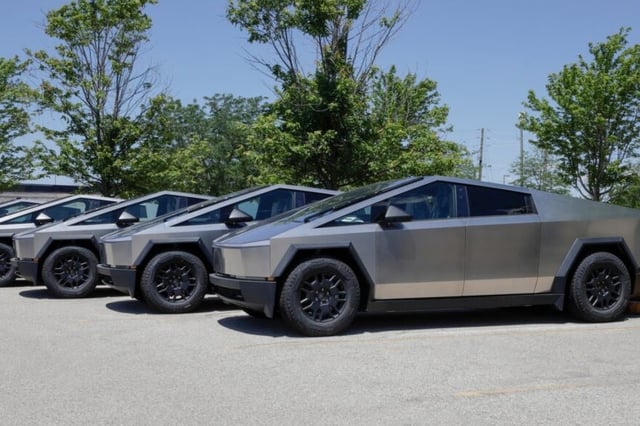Overview
- The Air Force Material Command filed to acquire two non‐functional Tesla Cybertrucks along with 31 other civilian vehicles for live‐fire training at White Sands Missile Range.
- Procurement documents warn that adversaries may adopt Cybertrucks because they sustain less damage than conventional vehicles in major impacts.
- Vehicles must retain intact bodies, glass and mirrors despite being non‐operational to ensure realistic battlefield simulations.
- Air Force research found the Cybertruck’s angular stainless steel shell and advanced electrical system outperform painted steel and aluminum bodies under precision‐munition tests.
- Defense analysts say the purchase underscores the Pentagon’s deepening collaboration with commercial tech firms to keep pace with evolving battlefield threats.

